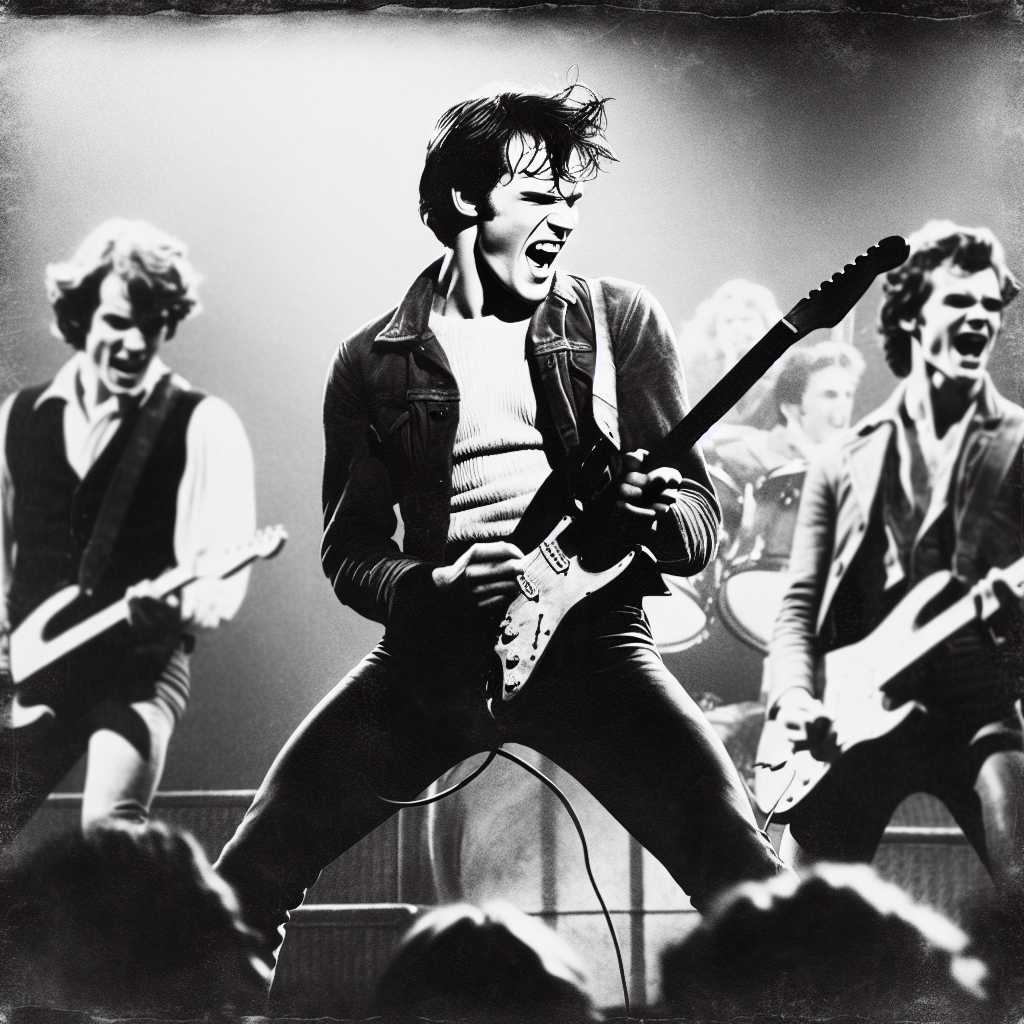The Enduring Legacy of Bruce Springsteen: A Portrait of The Boss
Bruce Springsteen, dubbed “The Boss,” is an emblematic figure in American rock music, whose prolific career spans over five decades. His music, characterized by poignant lyrics about the everyday struggles and hopes of working-class Americans, profoundly resonates with audiences worldwide. This article delves into the life, career, and influence of Springsteen, offering insights into why his music continues to captivate generations.
Early Life and Musical Beginnings of ‘The Boss’
Bruce Springsteen was born on September 23, 1949, in Long Branch, New Jersey. Growing up in a working-class family provided Springsteen with the thematic material that he would later mine for his songwriting. The gritty reality of his early environment notably influenced his storytelling approach, weaving narratives that often reflected his own experiences and those around him.
Springsteen’s love for music was ignited by seeing Elvis Presley perform on “The Ed Sullivan Show.” He received his first guitar as a teenager and soon began playing with local bands, evolving his style and honing his craft. Notable early bands included The Castiles, Steel Mill, and Dr. Zoom & the Sonic Boom. These formative years were crucial as Springsteen developed his signature sound and stage presence that would catapult him to stardom.
Commercial Breakthrough and Critical Acclaim
Bruce Springsteen’s career gained significant momentum with the release of his breakthrough album “Born to Run” in 1975. An album famed for its expansive production and ambitious storytelling, it showcased Springsteen’s unique ability to depict the dreams and desperations of American youth aspiring to break free from their claustrophobic environments. It paved the way for future success, earning him critical acclaim and a dedicated following.
Subsequent albums like “Darkness on the Edge of Town” (1978), “The River” (1980), and “Nebraska” (1982) reinforced Springsteen’s reputation as a performer who could artfully tackle social and personal introspection while maintaining a sound that was both epic and raw.
Springsteen’s most commercially triumphant project came with “Born in the U.S.A.” (1984), intertwining anthemic rock with nuanced narratives on the American experience. The album produced a string of hit singles, such as “Dancing in the Dark” and the title track “Born in the U.S.A.,” consolidating his status as a global music icon.
Reflections on American Society
Beyond entertainment, Bruce Springsteen’s work provides social commentary reflecting on political issues and American society’s core values. Songs such as “Born in the U.S.A.” highlight the disillusionment and abandonment felt by Vietnam veterans, while “American Skin (41 Shots)” delves into the controversial police shooting of Amadou Diallo in 1999.
His inclination toward exploring political and social themes underscores not just an artistic impulse but also a strong connection to advocacy and activism—a synergy between musician and active citizen keenly aware of the very fabrics that quilt America’s extensive narrative tapestry together.
Performance Style and Influence
Springsteen is known for his energized stage performances, often stretching over several hours without any loss of fervor. This testifies to his endurance as much as it does to his commitment to creating a unique bond with concertgoers. Bruce Springsteen & The E Street Band is a dynamic ensemble famous for remarkable performances that magnify this rapport with powerful execution of Springsteen’s catalogue.
His storytelling prowess and earnest performances have peers and emerging musicians holding him in considerable reverence. Artists across genres view him not merely as an entertainer but also as a source of inspiration reflecting attributes akin to what one might find in folk heroes; those of resilience, honesty, grit, and an ever-enduring sense of hope.
Legacy and Recent Works
Years on from his initial surge into popular consciousness, Springsteen’s works continue to be instructional—not just musically but historically as well. Albums like “Wrecking Ball” (2012) or “Letter to You” (2020) portray an artist still deeply engaged with his craft and current events shaping society’s thought processes.
Recognition for Springsteen’s accomplishments abound: 20 Grammy Awards, two Golden Globes, an Academy Award, and a special Tony Award for his Broadway show “Springsteen on Broadway”. Induction into both the Songwriters Hall of Fame and the Rock & Roll Hall of Fame further festoon his mantlepiece as testimony to an exceptional journey in music history.
Notes
Image description: Black-and-white photograph of Bruce Springsteen strumming his guitar energetically onstage, capturing the raw intensity and passion characteristic of his live performances. Behind him stand members of The E Street Band further engaging the exuberant crowd.

